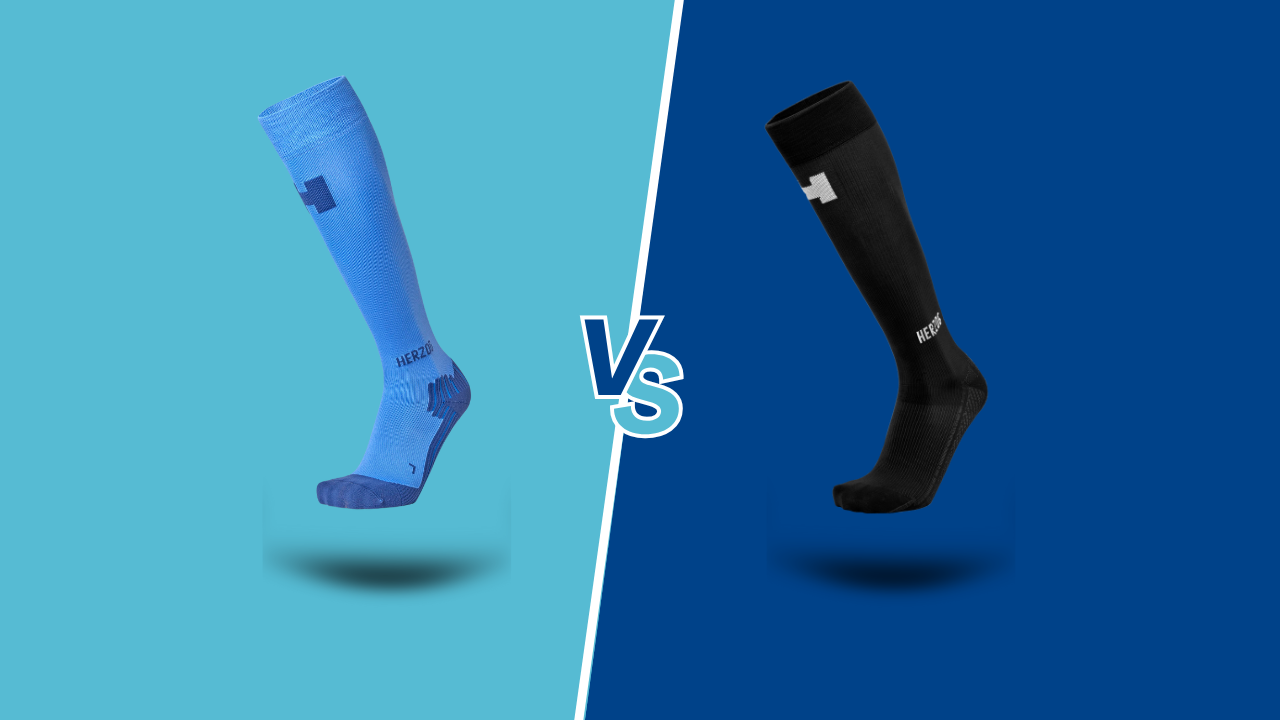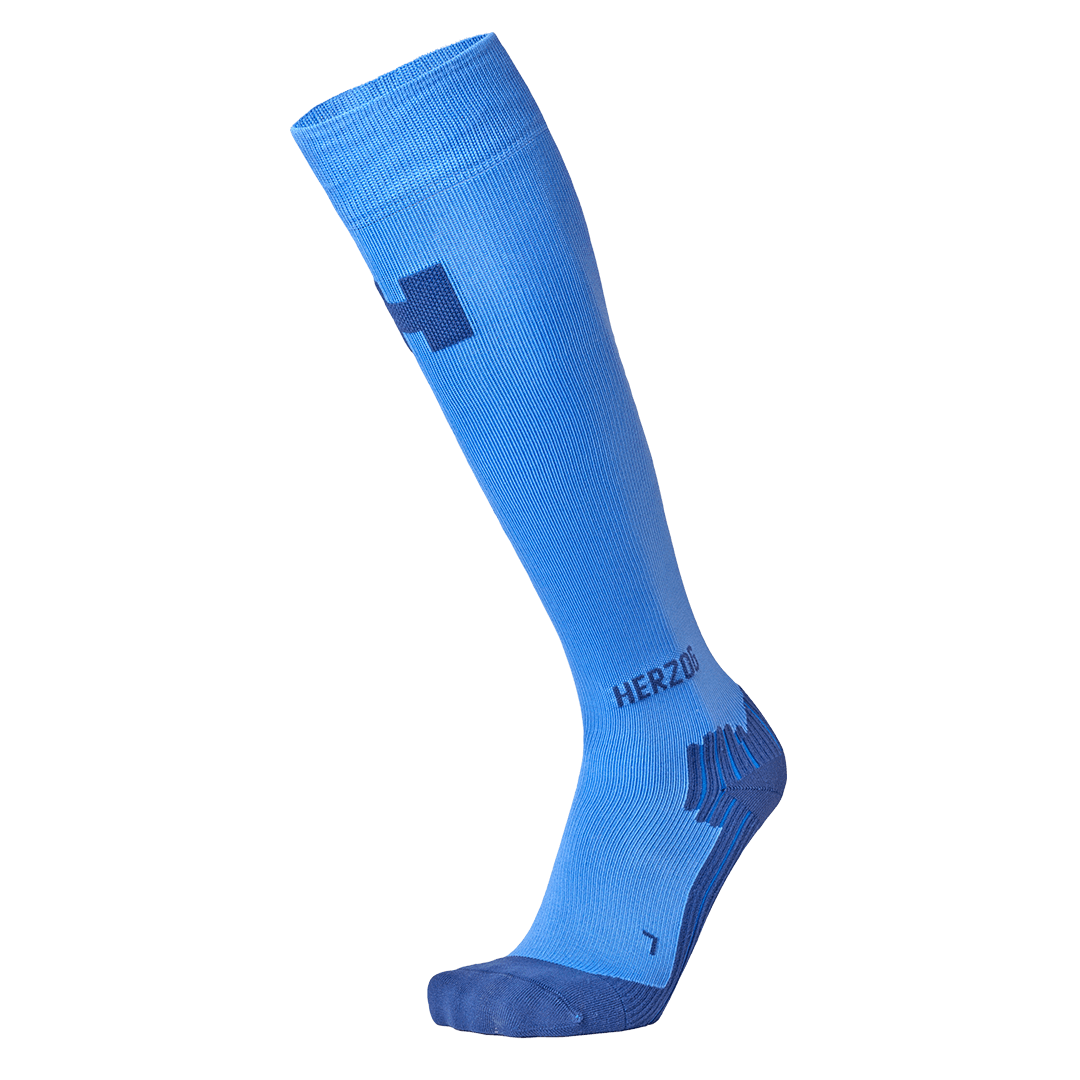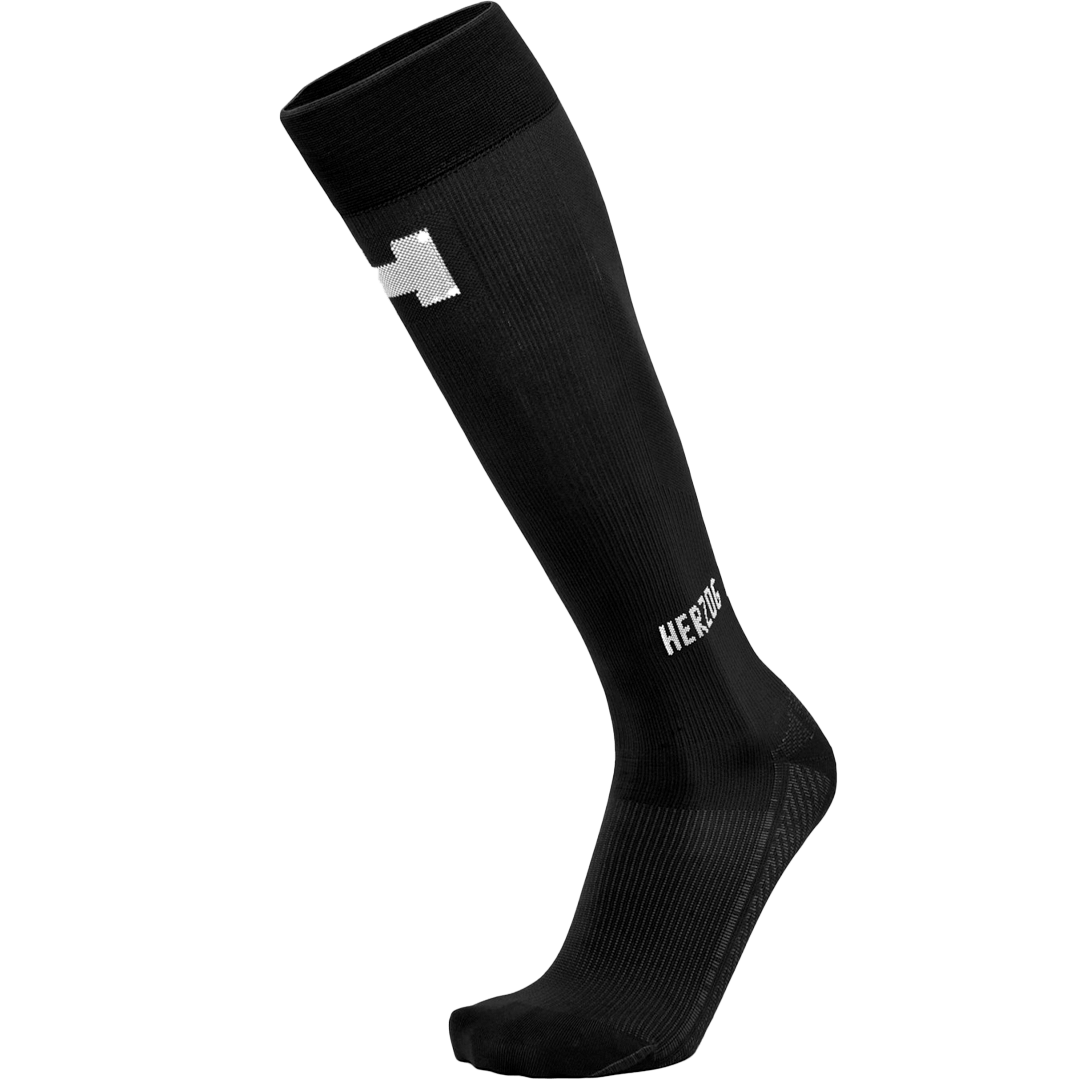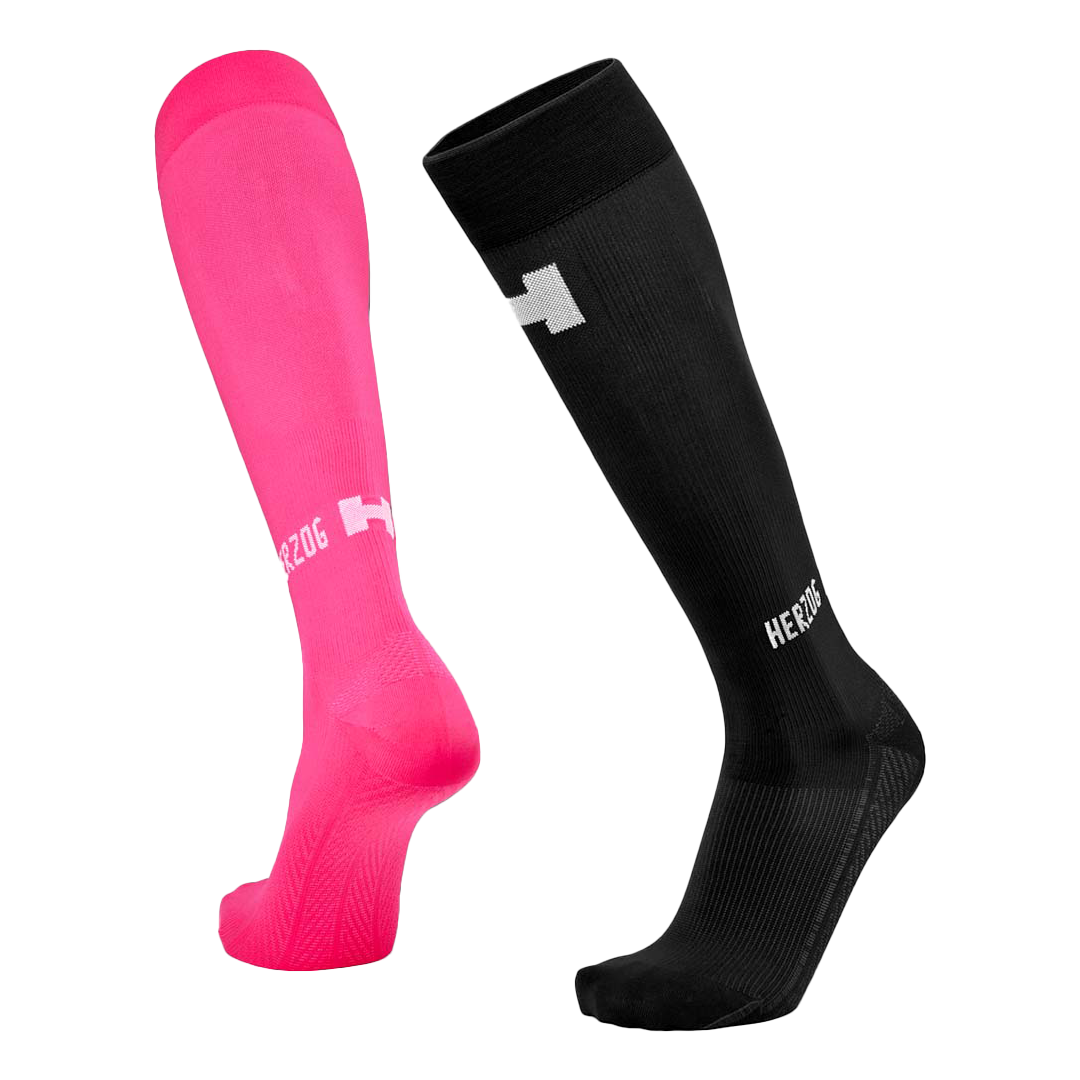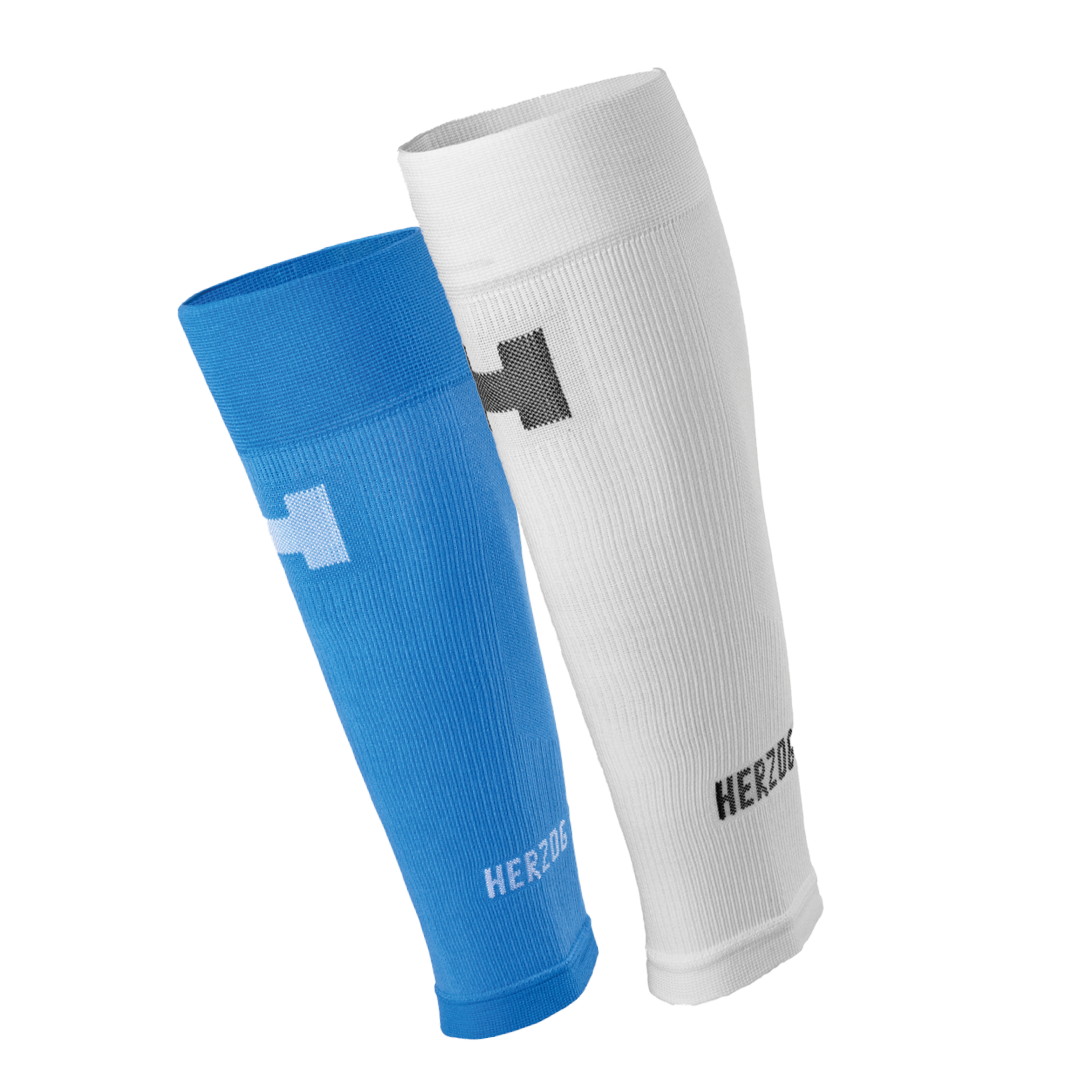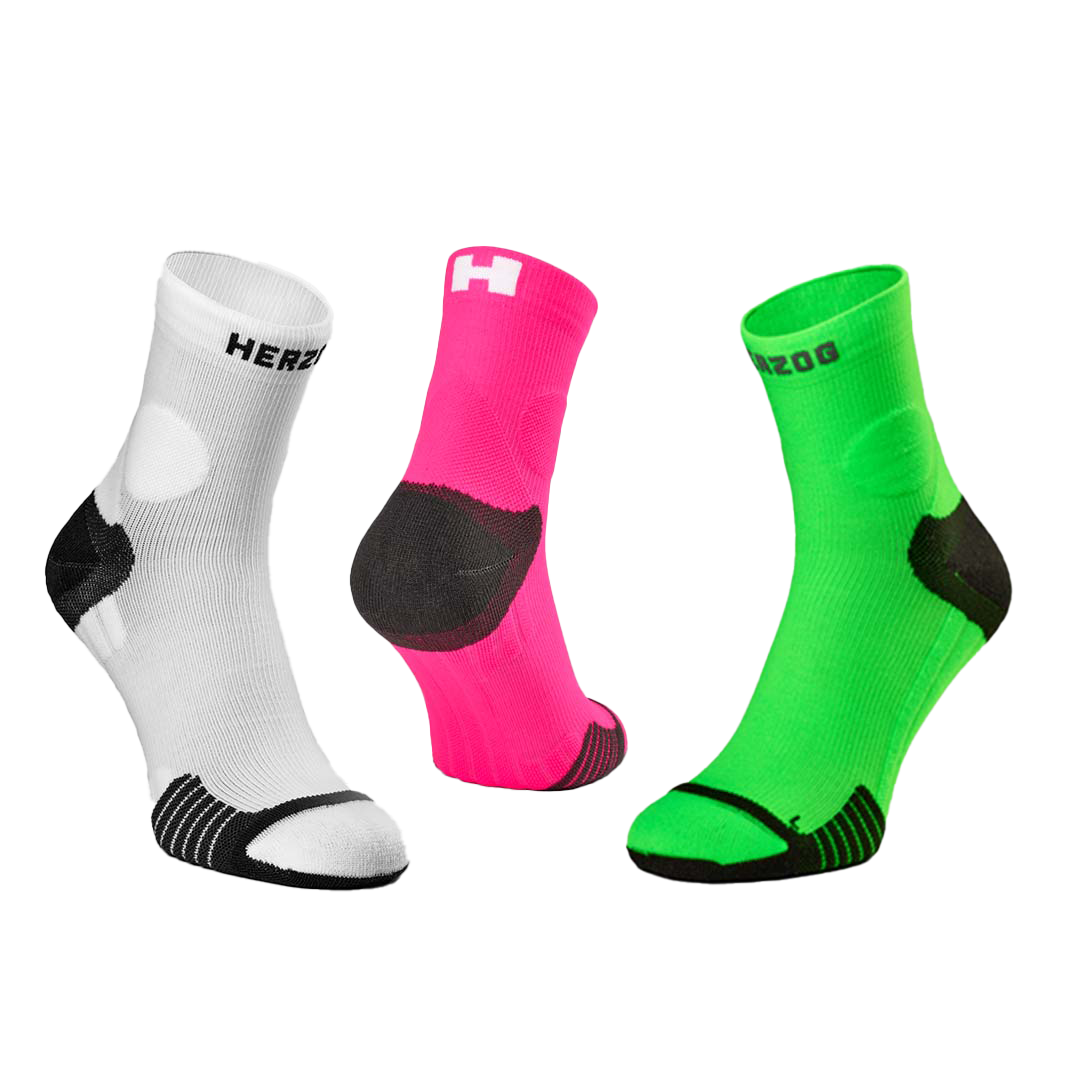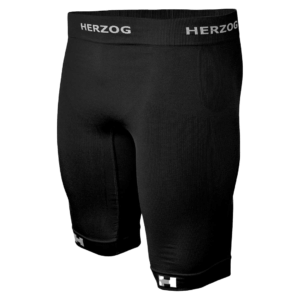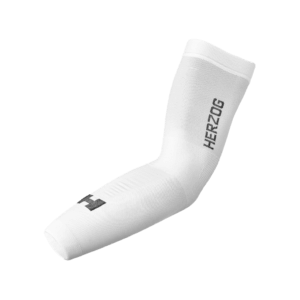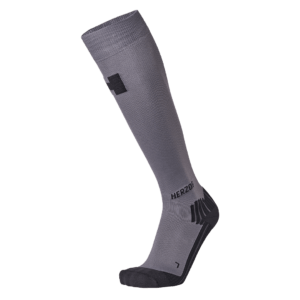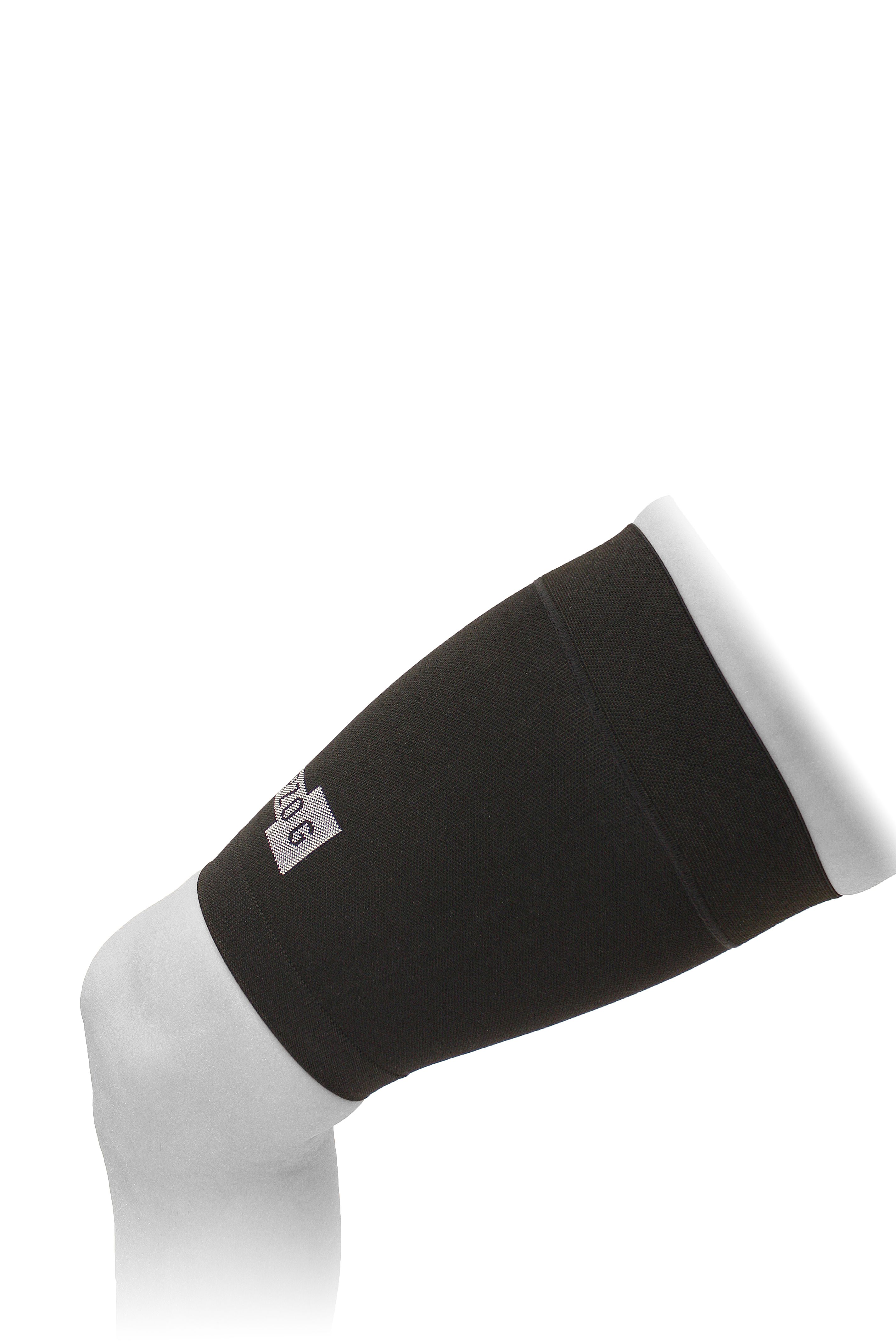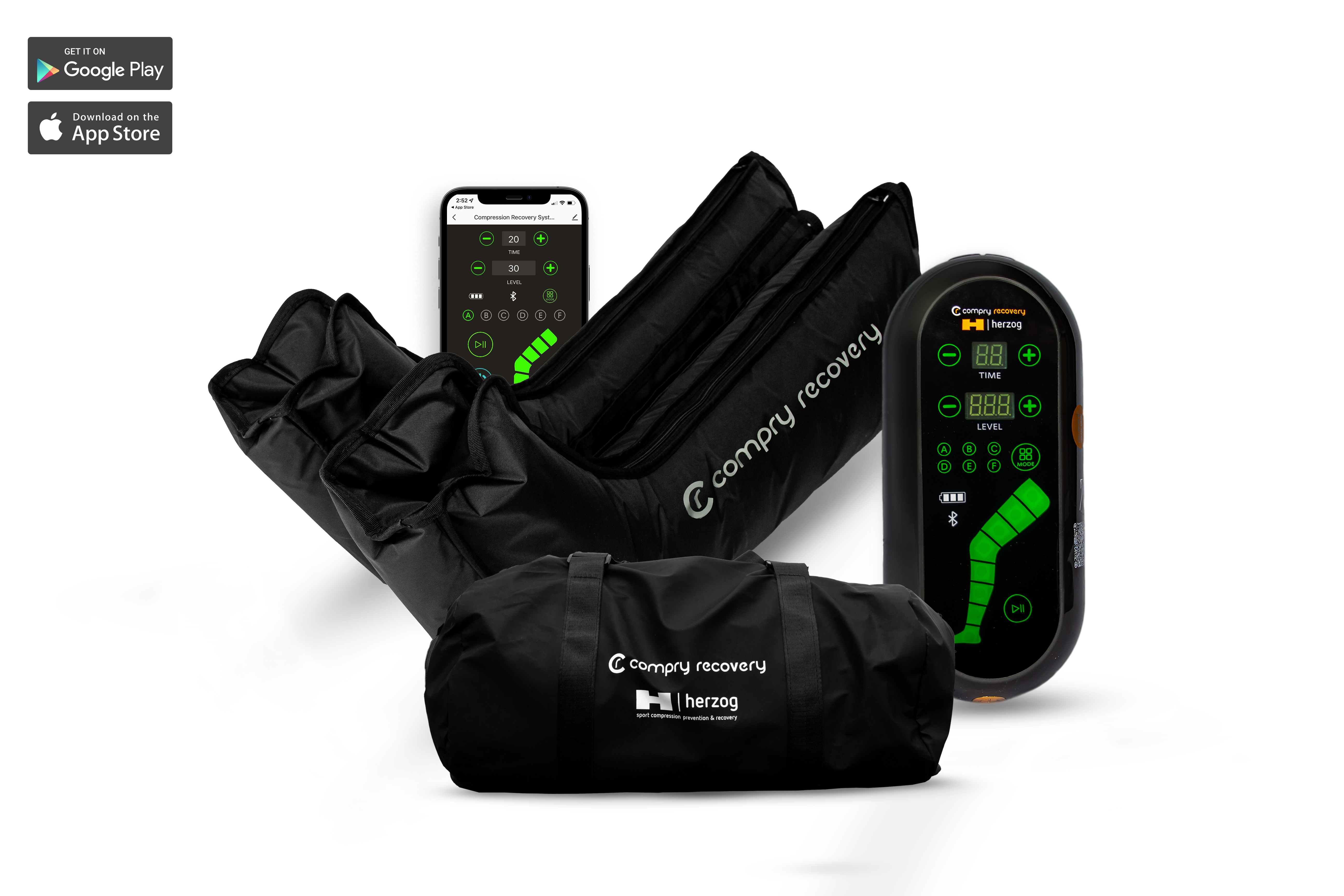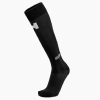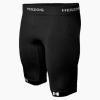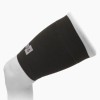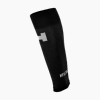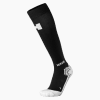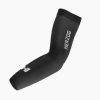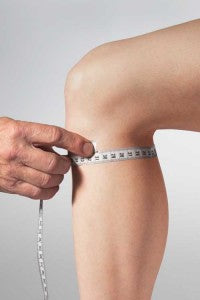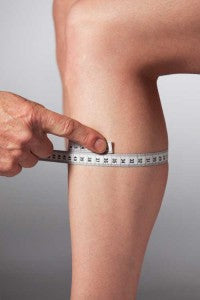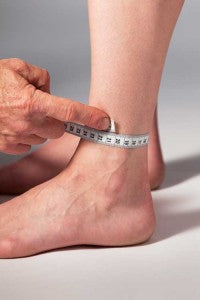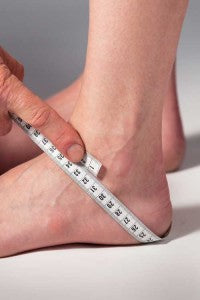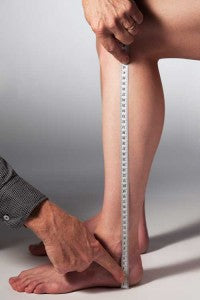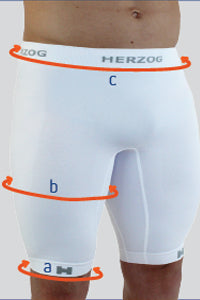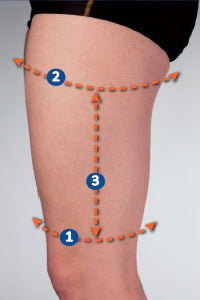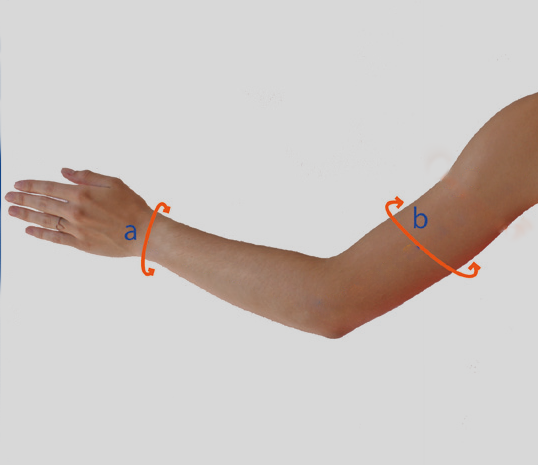Anyone who's ever taken a long flight knows the feeling: stiff legs, swollen feet, and a heavy feeling after sitting still for hours. What seems harmless can lead to a serious complication for some travelers: (deep vein) thrombosis , a blood clot that forms in the veins of the lower leg.
According to the Thrombosis Foundation, approximately one in four people worldwide die from thrombosis. While these figures often concern medical situations, long air travel can temporarily increase the risk.
In this article we explain why thrombosis occurs during flying, how compression stockings can help, and which stocking is best suited to your situation.
Practical tips for safe and healthier flying
Good preparation can make the difference between stiff, tired legs and a relaxing journey. A few simple habits will keep your circulation active and reduce the risk of thrombosis during long flights:
- Pull yourselfwear compression stockings before departure, preferably already at the airport.
- Drink enough waterand limit caffeine or alcohol to prevent dehydration.
- Exercise regularlyyour feet or ankles: make small circles or move your toes up and down.
- Get up every hourif possible, to activate the calf muscle pump.
- Wear the socks after the flight as wella few more hours to support blood circulation.
Whether you're on a short trip or a long intercontinental flight, Herzog Medical compression stockings help keep your legs fit and reduce the risk of thrombosis.
Shop the entire collection:compression stockings for the plane


